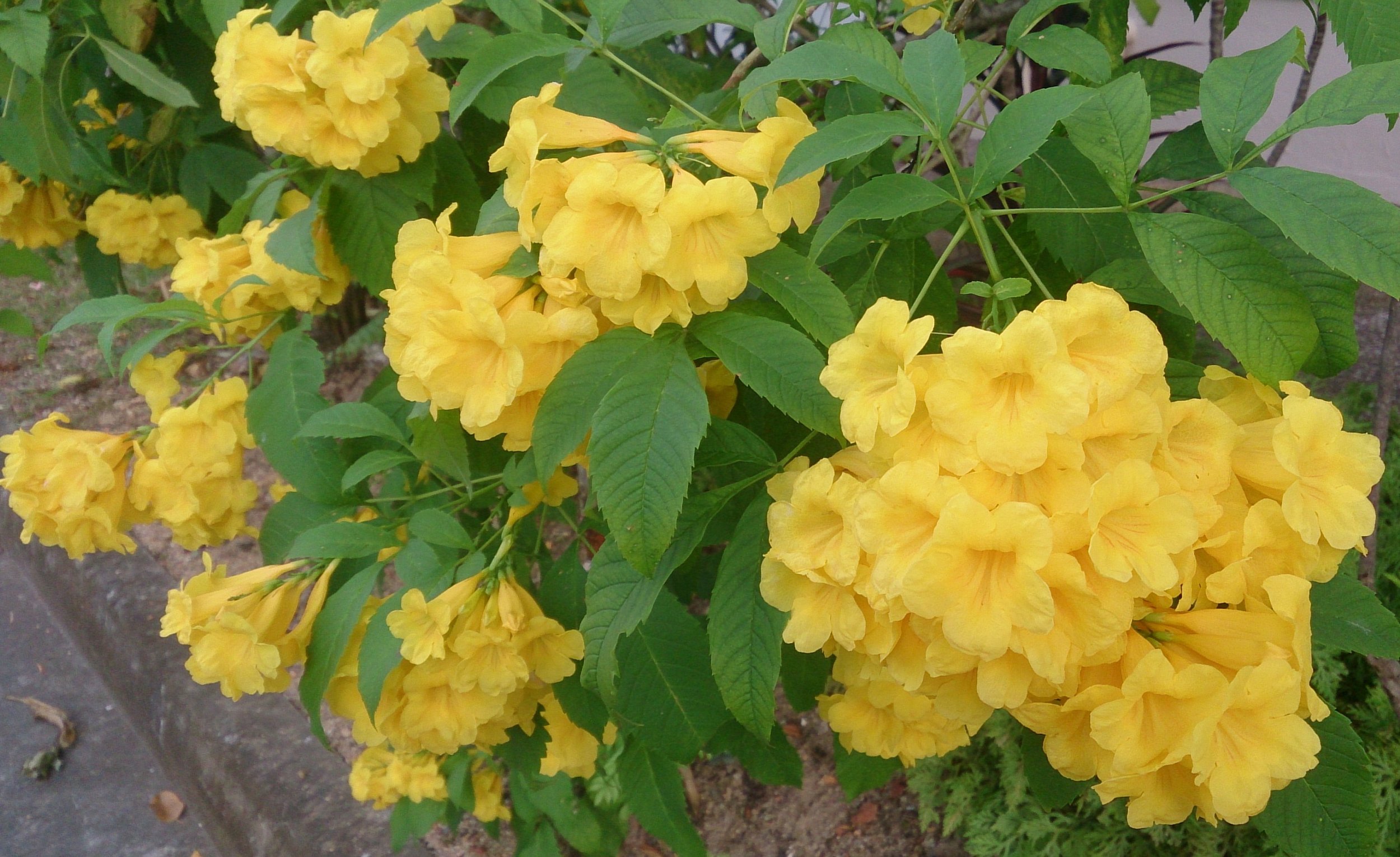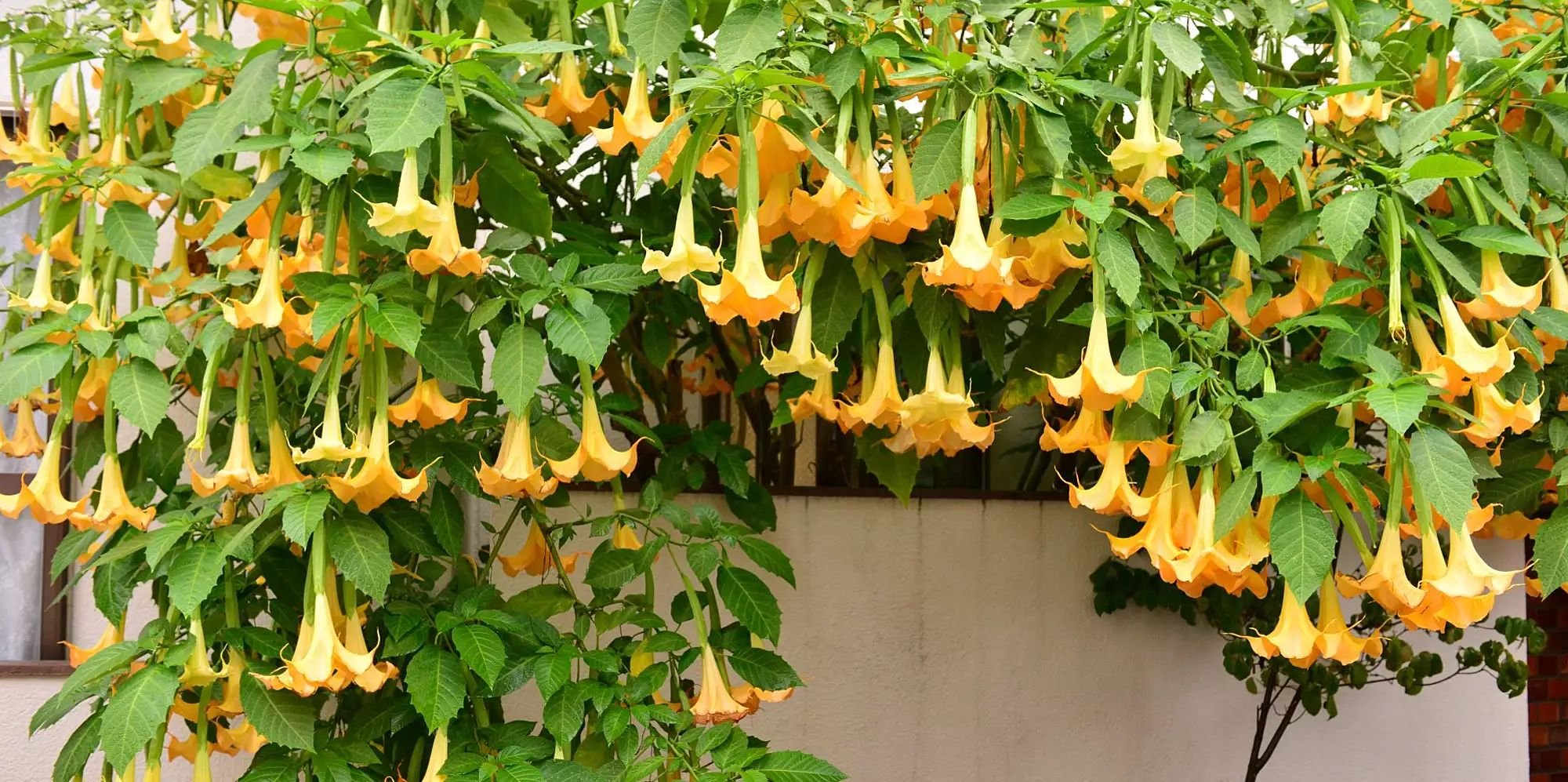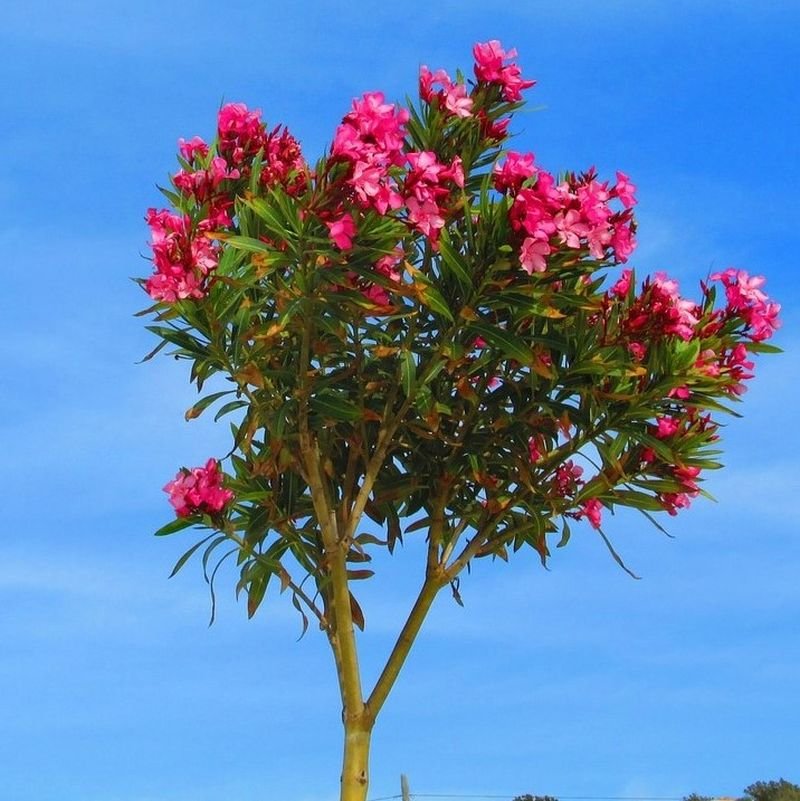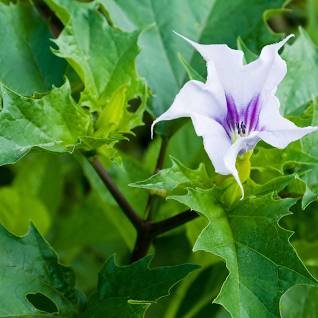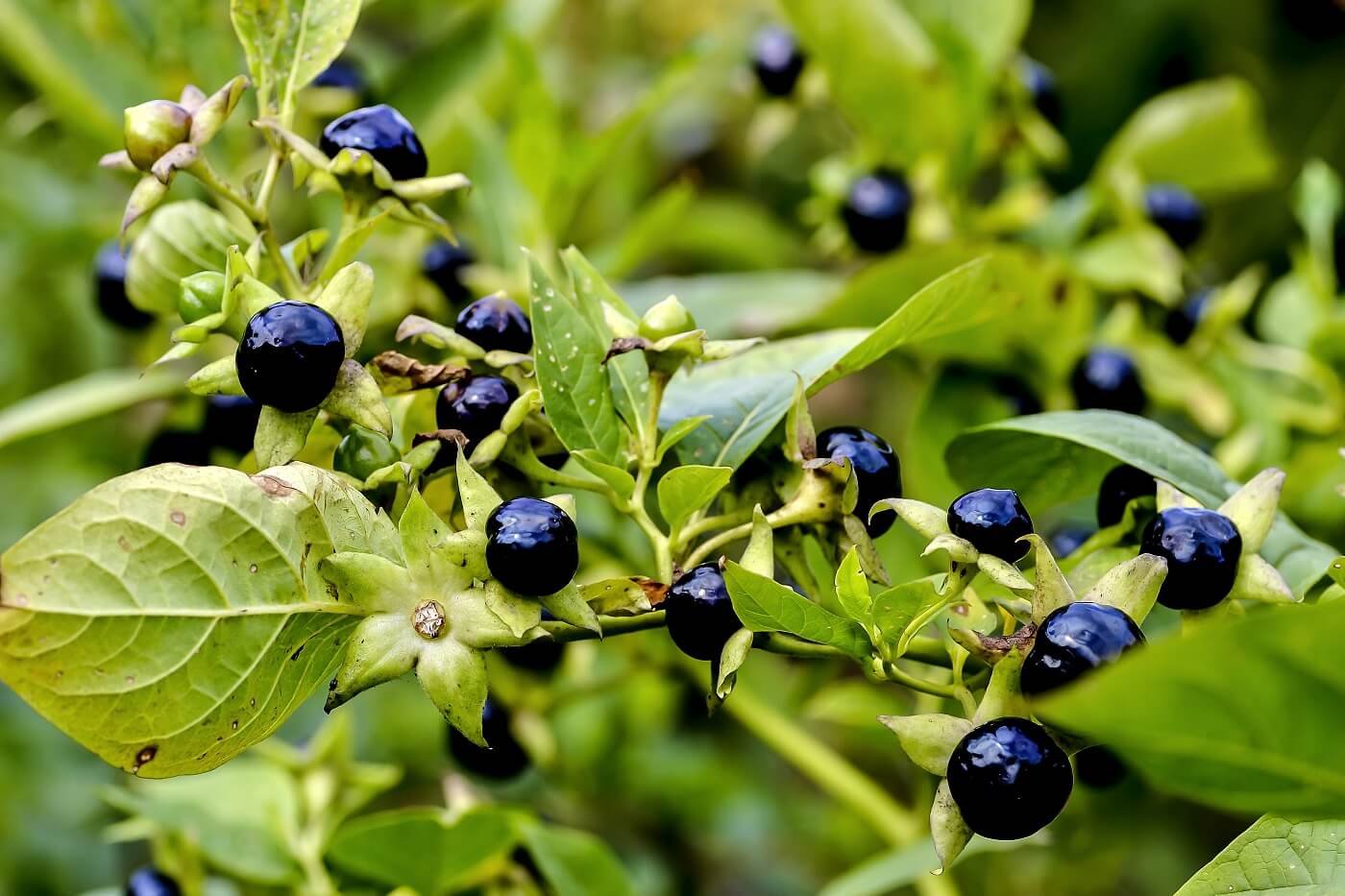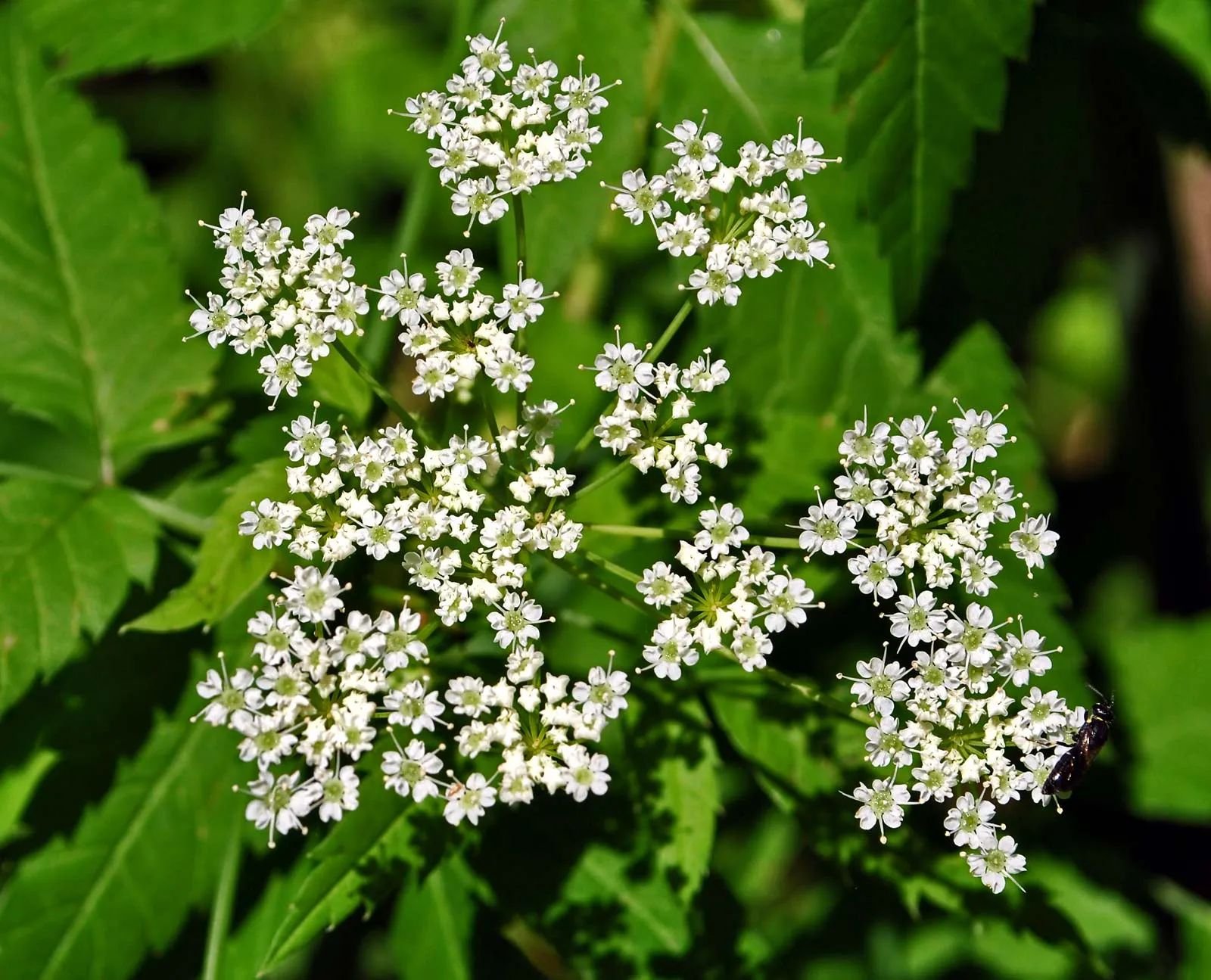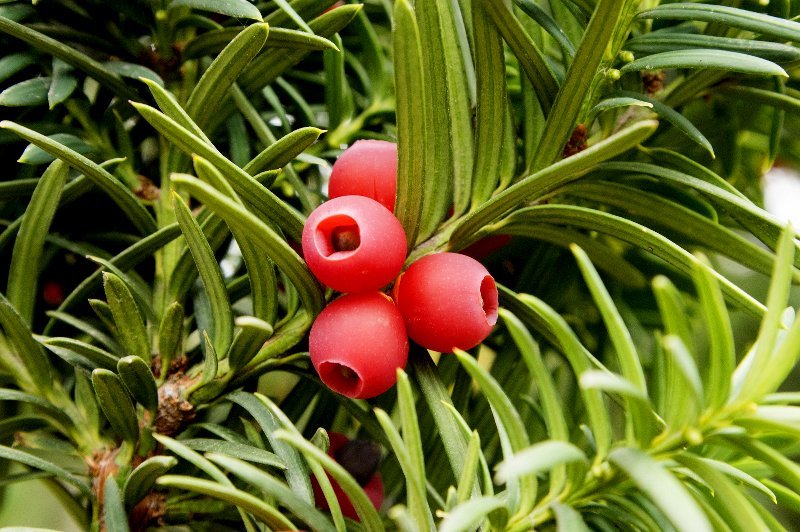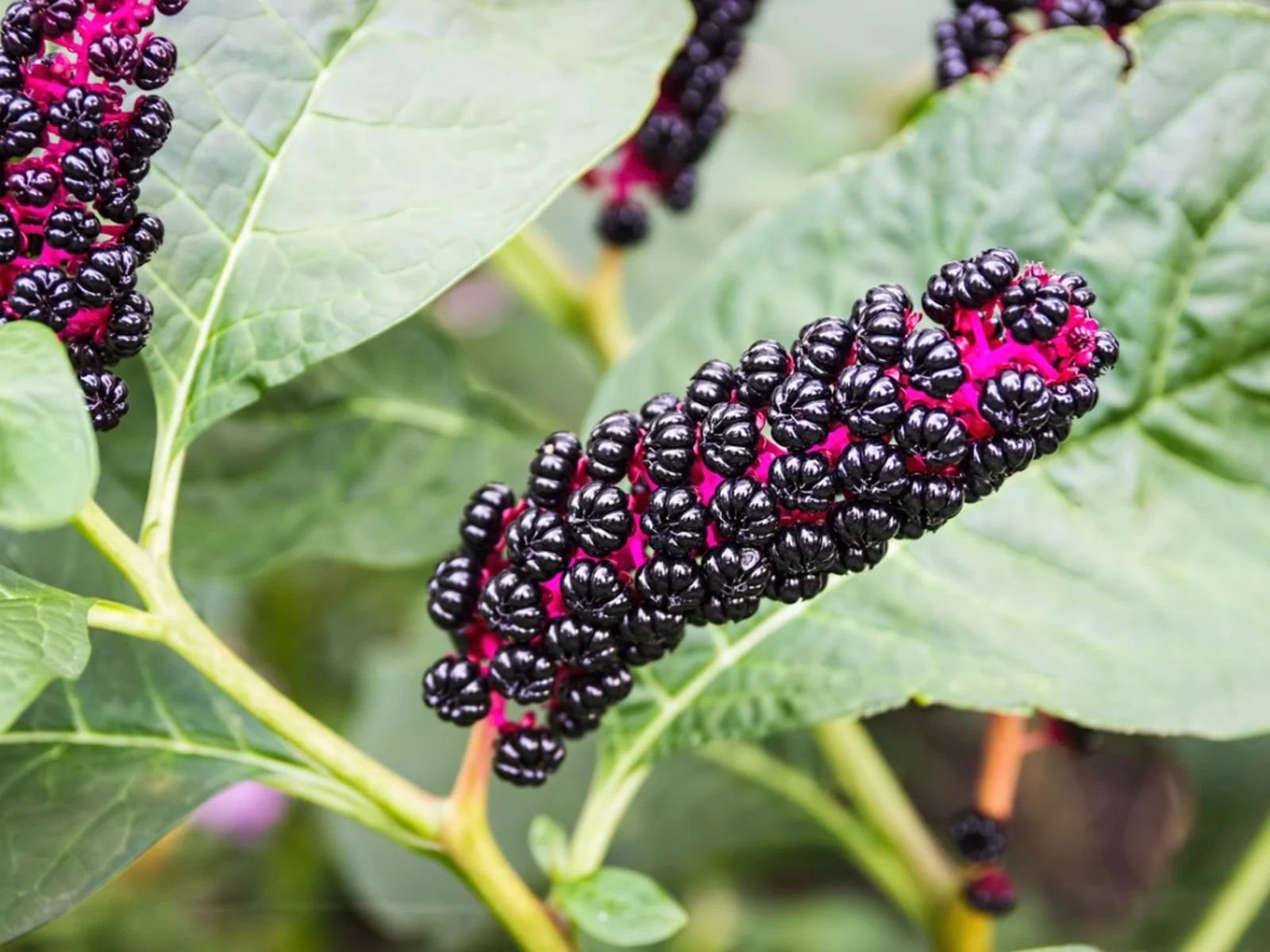Trees of Death
The Manchineel tree, also known as the "tree of death," is one of the most toxic trees in the world and can be found in Curacao. The tree's sap, bark, and leaves contain a highly toxic resin that can cause severe skin irritation, blindness, and even death if ingested.
In fact, the Manchineel tree's toxicity is so potent that simply standing under the tree during rain can cause skin irritation and blisters from the water droplets that have come into contact with the tree. This phenomenon is known as "Manchineel rain." Run!
The Oleander is a popular ornamental shrub that is also highly poisonous. All parts of the plant are toxic if ingested, and can cause symptoms such as nausea, vomiting, and irregular heartbeat.
The Castor Oil plant, which is also known as Ricinus communis, is a common weed in Curacao. The plant's seeds contain a highly toxic substance called ricin, which can cause severe diarrhea, vomiting, and even death if ingested in large quantities.
The Yellow Trumpetbush, also known as the "Yellow Bells," is a popular ornamental shrub that can be found in Curacao. The plant's leaves, flowers, and seeds are toxic if ingested and can cause symptoms such as nausea, vomiting, and diarrhea.
The Poisonwood tree is another toxic tree that can be found in Curacao. The tree's sap can cause severe skin irritation and blisters, and can also cause respiratory problems if inhaled.
The Angel's Trumpet, which is also known as Brugmansia, is a popular ornamental plant that can be found in Curacao. All parts of the plant are toxic if ingested, and can cause symptoms such as hallucinations, seizures, and even death.
Some others to avoid are:
Jimsonweed (Datura stramonium)
Pokeweed (Phytolacca americana)
Deadly nightshade (Atropa belladonna)
Poison hemlock (Conium maculatum)
Water hemlock (Cicuta spp.)
Foxglove (Digitalis spp.)
Yew (Taxus spp.)

